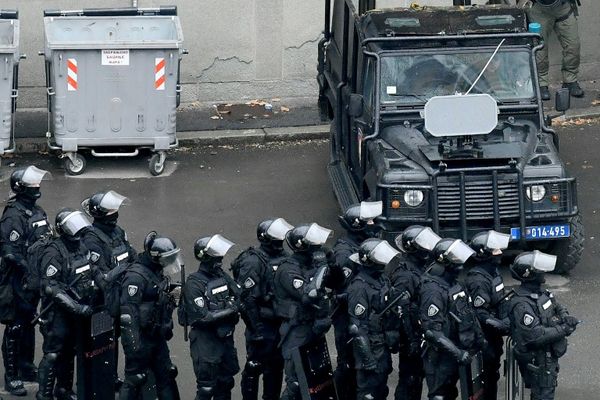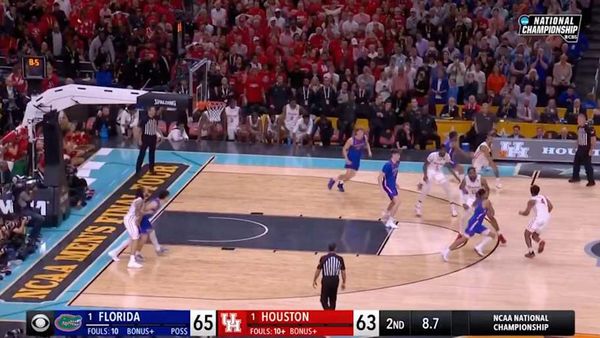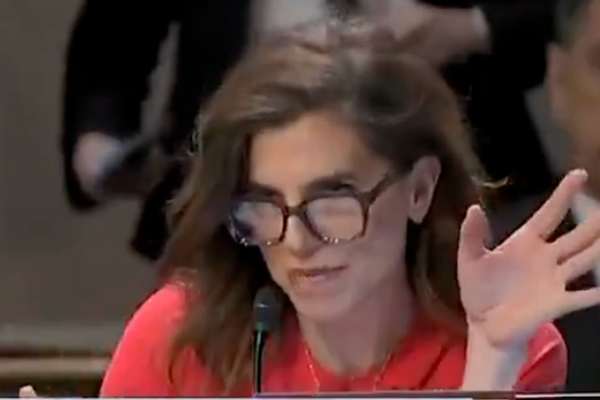
While Firestone’s choice of primary tires [harder, black-sidewalled] and alternates [softer, red-sidewalled] have retained the same construction as their 2021 counterparts at Barber, their compounds have changed, both aimed at improving durability.
After first practice in which the teams experience only the primary tires, Rossi of Andretti Autosport-Honda said he noticed no obvious difference.
He said: “We had a test here a month ago. It was on the 2021 tire. I think we learned a lot, but we also were trying to take it with a grain of salt, knowing it was going to be a different tire here.
“It is a little bit different; it's not significantly different. Obviously we still have the reds to experience tomorrow. I think it's very similar to what it's been.
“I think, based on the preliminary feelings, it will still be a black race in terms of [tire degradation] will still be pretty high, which is usually a characteristic of this place. That’s why the races end up being as good as they are, because you have cars coming and going with the falloff.”
Rossi, who ended the session third fastest, added: “There are certainly cars that come and go. There's cars that start out really strong, then don't have a good end to the stint, then vice versa.”
Teammate Colton Herta topped the session, satisfied that the team’s recent test had given its drivers a leg-up on the opposition. He commented that he’s expecting the racing in Sunday’s Honda Indy Grand Prix of Alabama to be further enhanced by choices of strategy.
“It’s definitely better when you have, like, a two-stop/three-stop situation where you can kind of make both work,” said Herta who scored three wins last year but is still seeking his first in 2022. “It definitely makes the racing better.
“We have it at Mid-Ohio pretty much every year. Mid-Ohio is usually interesting because it's typically really hard to pass. I think that opens up some passing on the two-stop or three-stop.”







